dnmun
1 PW
i thought you were going to have 42S for cell count. i see no reason you cannot get a solution from bestechpower. for a lot less money.
dnmun said:i thought you were going to have 42S for cell count. i see no reason you cannot get a solution from bestechpower. for a lot less money.
I didn't know that it has any "charger circuits". Doesn't it consist solely of cell level HVC and LVC?yopappamon said:My intention with the Zypher BMS is to not use the charger circuits, but only the cell HV and LV portion. Then run a warning buzzer for LV while running. And make my own charger cut off. My main concern is keeping the cells balanced.

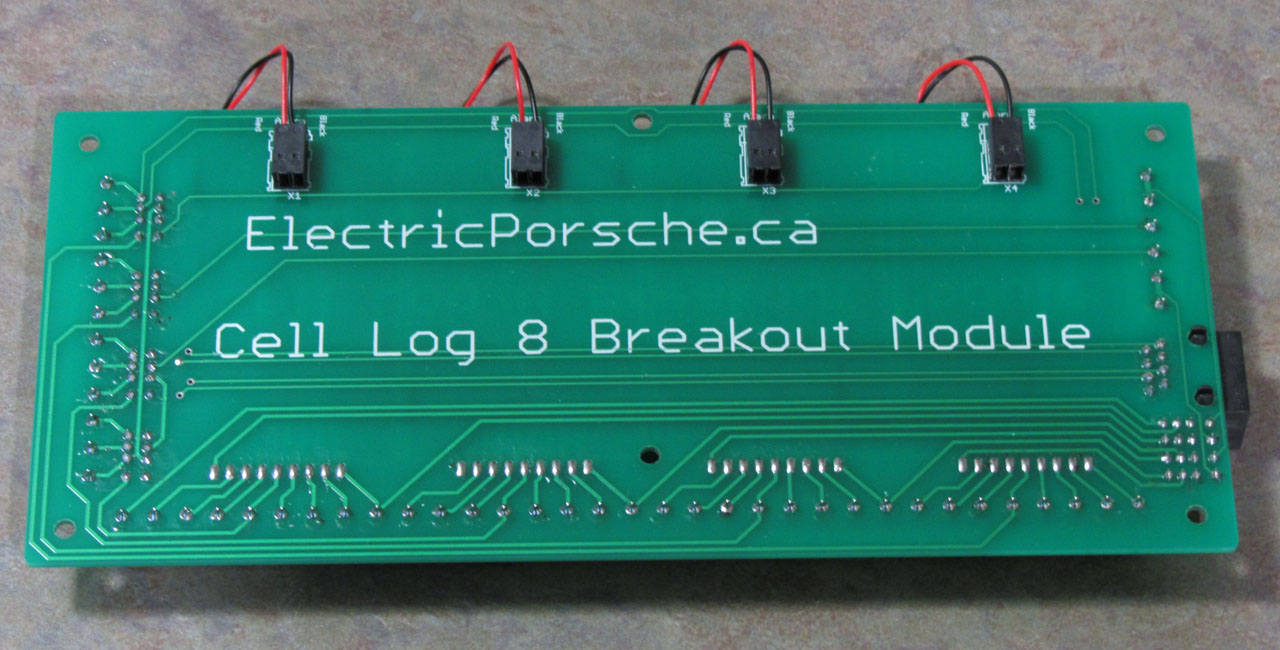
If you use the mini BMS 4S boards you don't need to mount a module on the cell, and you could connect them to the existing BMS connectors:yopappamon said:I have a mini BMS for Lifepo4 and I don't want a cell module to mount. With the Zypher I can wire off the existing BMS connectors.
dnmun said:i thought you were going to have 42S for cell count. i see no reason you cannot get a solution from bestechpower. for a lot less money.
It will probably work. Sounds like the best solution, if you can make it work (please let us know if you do!).fechter said:I'm sort of inclined to use off-the-shelf boards from Bestech Power and make a simple interface board that allows them to work with EV sized setups. This is way less work, but not fully proven yet.
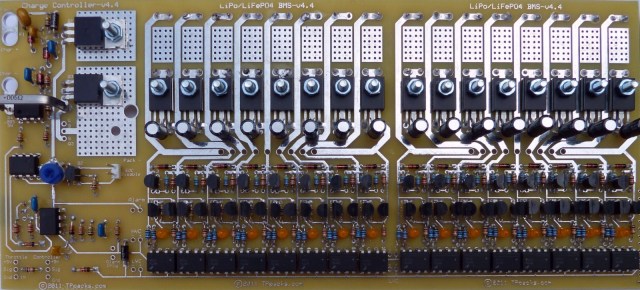
I was not disagreeing with your choice, just trying to supply additional information.yopappamon said:I've seen the cell log boards, but I wanted the high end balancing circuits.
I didn't know that MiniBMS had boards like that. The thing I don't like about their controller is it doesn't know the difference between lvc and hvc. And at $12 per cell, more expensive.
02-19-2014, 06:54 PM
Hello, janzicek here... I put a volt pack in my Solectria Force about a year ago. Junkyard find for about $1300 shipped. So far so good. I also work in the industry and have done extensive teardowns of the volt BMS to benchmark my companies stuff against the volt. Anyway, if you have any questions, I have done a ton of cell level testing and have accrued almost 10,000 miles on my volt cells at this point. Let me know if I can help.

Starting voltage seems high if you care about pack longevity - you will get more range out of the pack that way but for how long?yopappamon said:Cells were around 4.17v at start, around 4v after.
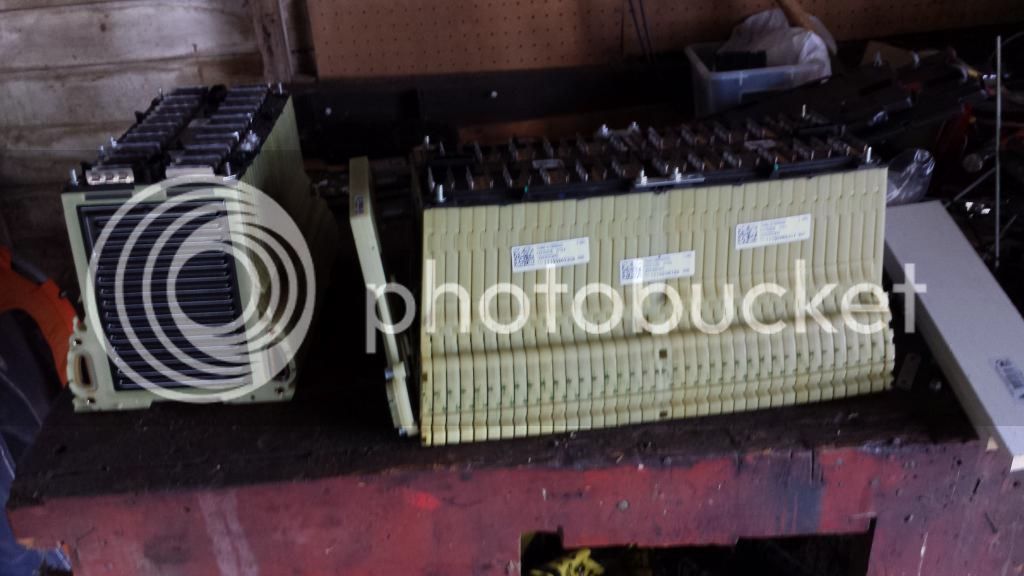
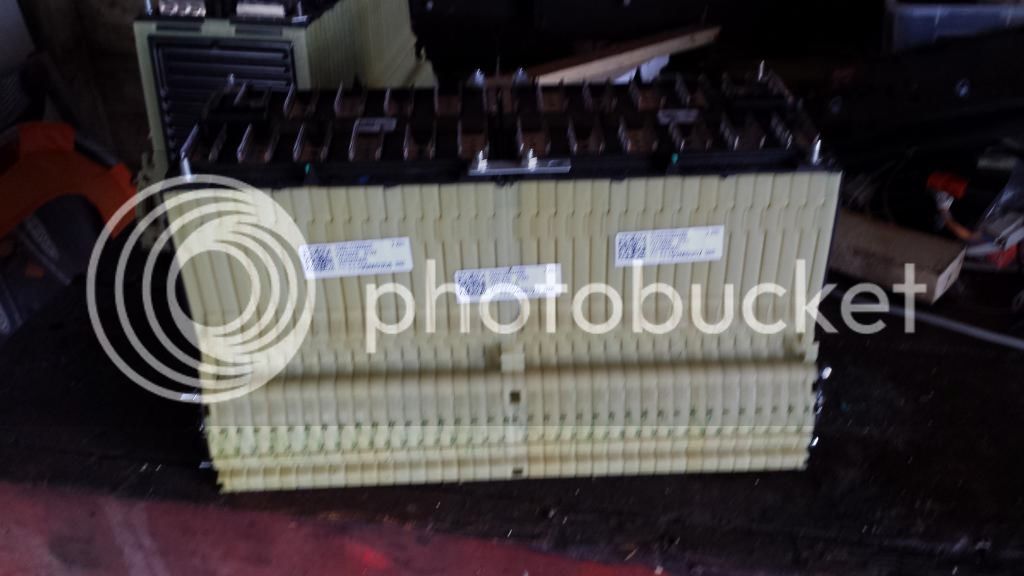
yopappamon said:Separated the long set. Some M6 threaded rod to put it back as two sets.
He is planning to use two 48S packs in series.dnmum said:keep thinking that the solution might be using two 24S packs in series and use two different 24S chargers charging through their individual BMS.
MitchJi said:Are those plates, or something similar on all of the exposed sub-packs on the original pack?
Because if they are, it looks like those plates on the end might be used to compress the modules, to prevent the pouches from puffing?

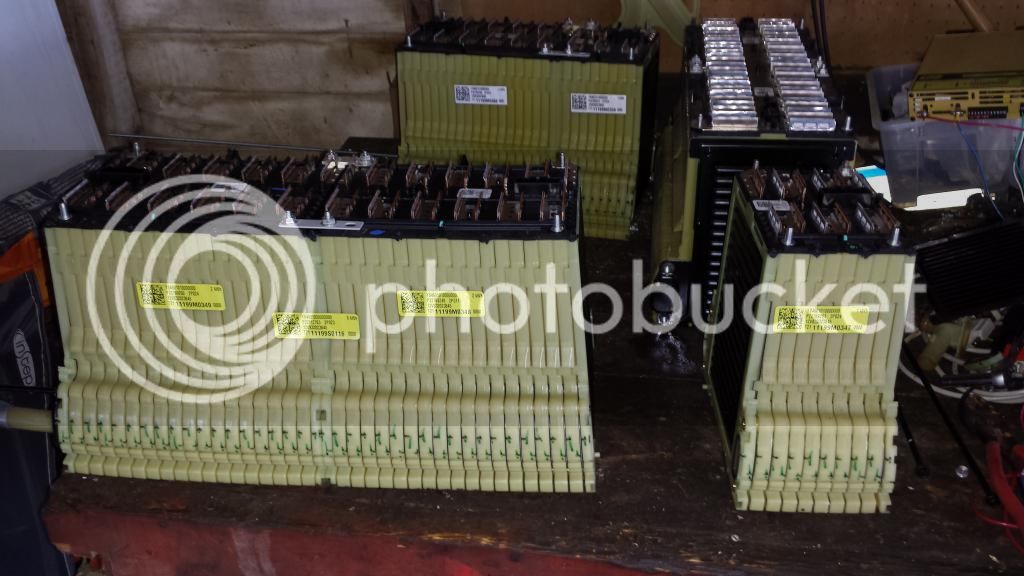
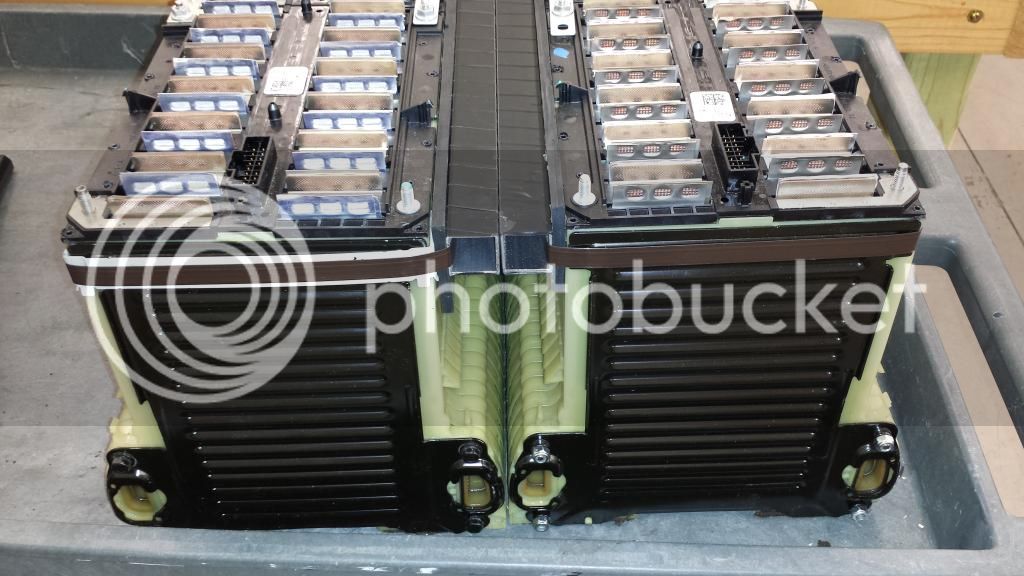
fechter said:Are you planning to use the cooling passages on the battery?
